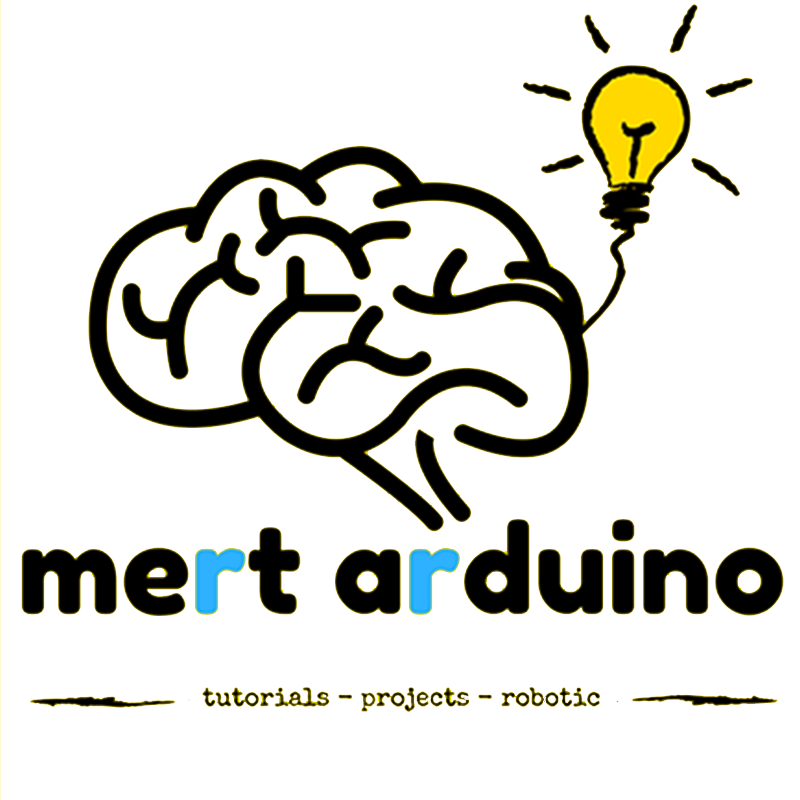Arduino - MPU6050 GY521 - 6 Axis Accelerometer + Gyro (3D Simulation With Processing)
by MertArduino in Circuits > Arduino
64700 Views, 66 Favorites, 0 Comments
Arduino - MPU6050 GY521 - 6 Axis Accelerometer + Gyro (3D Simulation With Processing)
)


* In this tutorial we will learn how to use MPU6050 6 Axis Accelerometer + Gyro module and GY 521 breakout boards.
* Also we will install the necessary libraries to Arduino IDE.
* And last, we would run the simple simulation with this module using the Processing.
* We can make Quadcopter Drone, RC Plane and Robotic projects using with the MPU6050 module.
Required Hardware

Required Hardware
Arduino Board -- https://goo.gl/Rqc5w2
MPU6050 GY521 -- https://goo.gl/wdjSo1
F to F Jump Wires -- https://goo.gl/TdGrkk
Some Promotion Links
Flash Deals -- https://goo.gl/CVqg7P
Mega Stock Clearance -- https://goo.gl/eCbuiP
Arduino Kits -- https://goo.gl/uwr19e
More Budget 3D Printers -- https://goo.gl/uwr19e
Anet A8 3D Printer Promotion -- https://goo.gl/uwr19e
About MPU6050 Breakout Board GY-521

* The MPU-6050 sensor contains accelerometer and gyro in a single chip.
* The module captures the x, y, and z channel at the same time.
* The sensor uses the I2C-bus to interface with the Arduino.
* GY-521 modules has a voltage regulator.
* Some GY-521 modules have the wrong capacitor (or a bad capacitor) and that results into a high noise level
* In this module I bought, I did not encounter any problems.
* For more information about possible problems, http://forum.arduino.cc/index.php?topic=394691.0
Connections

* The MPU6050 communicates with the Arduino through the I2C protocol
* The MPU6050 is connected to the Arduino as shown in the following diagram
* Connect the Arduino digital 2 input to the pin labeled as INT on the MPU6050.
* Then we need to set up the I2C lines. Connect the pin labeled SDA on the MPU6050 to the Arduino analog 4 (SDA) input and the pin labeled as SCL on the MPU6050 to the Arduino analog 5 (SCL) input
Install I2Cdev & MPU6050 Libraries


* Jeff Rowberg wrote some Arduino libraries to obtain the accelerometer / gyro data and handle all the calculations
* We need only I2Cdev & MPU6050 Libraries for this tutorial
* https://github.com/jrowberg/i2cdevlib/zipball/mast...
* First unzip the .rar file, find the Arduino folder within it and copy the two folders "I2Cdev" and "MPU6050"
* Paste to your Arduino "libraries" folder in the following directory C:\Users\YourName\Documents\Arduino\libraries
Uploading the Code and Testing the MPU6050



* Then open the Arduino IDE and in the examples section, you can find MPU6050_DMP6 within MPU6050
File –> Examples –> MPU6050 –> Examples –> MPU6050_DMP6
* Plug your Arduino Board to your PC
* You should set the baud rate of 115200 for Serial Monitor
* Select the appropriate COM Port and upload the sketch
* Open the Serial Monitor and set the baud rate of 115200
* Now, you’ll see a line saying “Send any character to begin DMP programming and demo.” Just type in any character on the serial monitor and send it
* And you should start seeing the yaw, pitch, and roll values coming in from the MPU 6050
* Also, you will need to wait about 10 secs before you get accurate values from the MPU6050. After which, the values will begin to stabilize.
Show the MPU6050 Values As 3D Simulation Using the Processing Software





* To simulation the 3D model in processing, you need to comment the line in the Arduino MPU6050_DMP6 code which says
* #define OUTPUT_READABLE_YAWPITCHROLL by //#define OUTPUT_READABLE_YAWPITCHROLL
* And uncomment the line which says
* //#define OUTPUT_TEAPOT by #define OUTPUT_TEAPOT
* Select "save as" and choose where you want to save the modified code
* Then upload it again to the Arduino
* To show the 3D simulation of the data from the MPU6050, you need to install the Processing software, you can find download link in the video description. https://processing.org/download/?processing
* Processing is similar to Arduino, except for a couple of functions. Processing is mainly used for visualizing data.
* For more about the Processing, you can watch the tutorial below
* After installing the Processing IDE, we will need to download a library called 'ToxicLib'. This library is necessary for our the MPU6050 processing example.
* The latest version of the ToxicLibs library is here: https://bitbucket.org/postspectacular/toxiclibs/d...
* Unzip ToxicLibs and place all the contents to the processing folder (yourProcessingFolder - > modes -> java -> libraries)
* Last of all, open the Processing Software
* Next, you have to open the Processing example for the MPU6050
* Open the folder where you added the MPU6050 library for the Arduino
(MPU6050 -> Examples -> MPU6050_DMP6 -> Processing -> MPUTeapot)
* Click the RUN button and the system should calibrate for about 10 seconds
* Then you can test the yaw / pitch / roll of the MPU6050
You Can Subscribe to My YouTube Channel

You can subscribe to the my YouTube channel for more tutorials and projects. Subscribe for support. Thank you.
Go to my YouTube Channel - https://goo.gl/f0RHmR